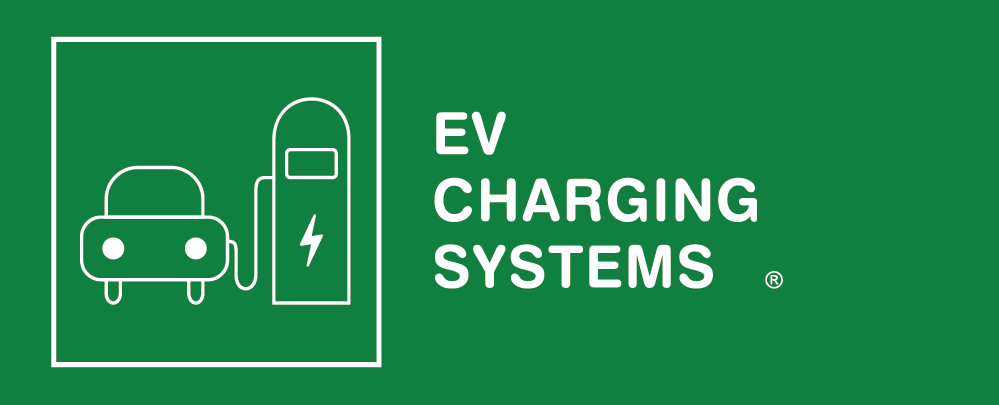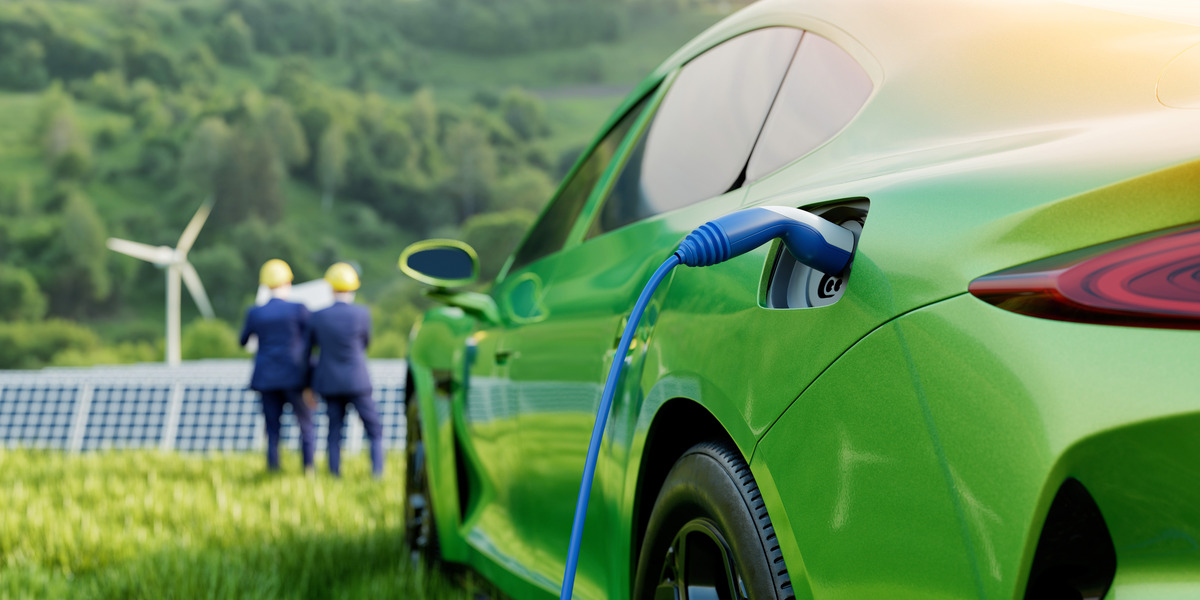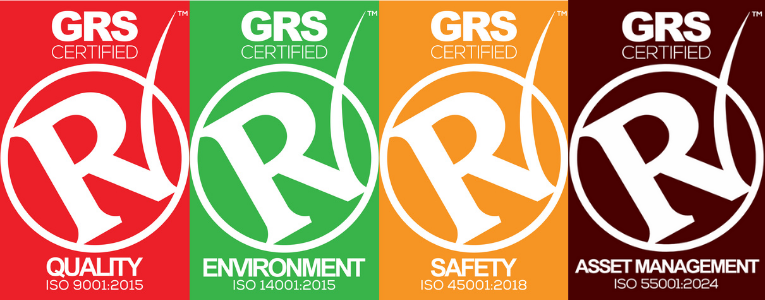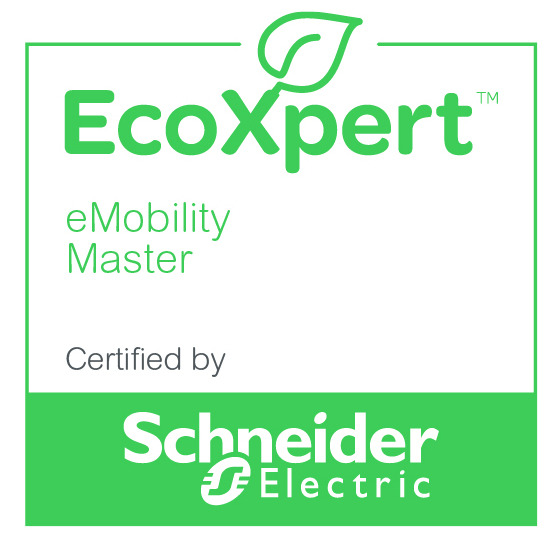Yes, electric vehicles (EVs) do reduce emissions, along with boasting a variety of environmental benefits. However, the manufacturing process of EVs, especially batteries, does result in higher carbon emissions than manufacturing petrol cars. Still, this is offset by much lower operational emissions over an EV’s lifetime.
In this guide, we’ll explore this topic in detail and explain why we’re deeply committed to helping Australia meet its Net Zero goals.
Lifecycle Emissions and Ways EVs Reduce Emissions
Electric vehicles have lower lifecycle emissions than petrol cars. Life-cycle emissions refer to all emissions produced from an electric vehicle, including the production process.
Here are some of the key ways electric vehicles reduce emissions:
- Zero Tailpipe Emissions: One of the biggest environmental benefits of EVs is that they produce zero tailpipe exhaust. This eliminates smog, air pollutants, and promotes healthier air quality.
- Lifecycle Emissions: EV manufacturing produces more carbon pollution than petrol vehicles. However, this is quickly offset because EVs operate cleaner and have zero tailpipe emissions. With cleaner operations and zero tailpipe emissions, EVs boast lower lifecycle missions than petrol cars. As the energy grid integrates more renewable production methods, emissions may be reduced even further.
- Decreased Local Air Pollution: Tailpipe emissions from petrol vehicles contain toxic gasses, nitrogen oxides, and particulate matter. These emissions are harmful to local air quality. Since EVs produce zero tailpipe emissions, they contribute to healthier local air, particularly in urban areas.
You May Also Like: Benefits of Transitioning Your Fleet to Electric Vehicles – EV Charging Systems
Factors Influencing Emissions: How EVs Compare to Regular Petrol Cars
Emissions for both EVs and petrol cars are affected by a variety of factors, such as:
Location
One of the biggest influences of emissions is the location. Areas with cleaner electricity sources that rely on renewable production methods will achieve the largest carbon reduction.
Some states in Australia already rely heavily on renewable energy rather than fossil fuels. This makes charging an EV even more eco-friendly in these areas. Still, using electricity that was produced with fossil fuel still produces lower lifetime emissions compared to petrol cars.
Vehicle Weight
Heavier electric vehicles may contribute to non-exhaust pollution through brake dust. However, regenerative braking helps reduce these effects. Even heavier EVs still have significantly lower life-cycle emissions than petrol cars.
Charging Setup/Source of Electricity
One of the biggest factors behind the overall emissions of an EV is the source of charging electricity. Do you have solar panels at your home and a home EV charging station? Charging your EV with green energy results in even lower emissions. Learn more about EV solar charging in our guide here: Charging EV With Solar.
Future Energy Improvements
The environmental benefits of EVs will continue to improve as battery technology advances and electricity generation comes from increasingly eco-friendly sources.
You May Also Like: 10 Common EV Myths vs Reality – EV Charging Systems
EVs vs Petrol Cars Emissions Comparison
Here are the key stages of emission production and how EVs compare to petrol cars in each area:
- Manufacturing process
- Battery production
- Operations
- Life-Cycle Emissions
Manufacturing
Manufacturing an electric vehicle creates significantly more emissions up front compared to petrol cars. In some cases, the EV manufacturing process can create up to 80% more emissions than petrol cars.
Battery Production
Battery production is a big part of the EV manufacturing process where emissions occur. EV batteries are significantly heavier, larger, and manufactured using limited minerals.
China-produced batteries result in higher emissions than European produced batteries. Most EVs in Australia utilise Chinese-produced batteries.
Operation and Usage
While the initial manufacturing process produces more carbon pollution, EVs quickly redeem themselves. Internal combustion cars run by burning petrol. This process releases emissions into the atmosphere, known as tailpipe emissions. Petrol cars also release harmful toxins and gasses, contributing to local air pollution.
These tailpipe emissions add up quickly over time for petrol powered vehicles. Because EVs do not emit any tailpipe emissions, they quickly offset their initial carbon pollution. Usually, it takes between 1.5 to 2 years of typical usage for an EVs lower operating emissions to offset its initial emissions.
Total Life-Cycle Emissions
EVs are the clear environmental winner in overall life-cycle emissions.
Here’s a comparison of the average life-cycle emissions of an electric car vs. petrol car:
- Average Petrol Car: 76 metric tons CO₂
- Average Electric Vehicle: 37 metric tons CO₂
As demonstrated, EVs have a roughly 51% reduction in total emissions. In regions relying on renewable energy, this reduction can be even better.
For more information on electric cars vs. petrol cars, we recommend this excellent article: Comparing Electric Cars and Petrol Cars ABC News.
| Electric Vehicles | Petrol Cars | |
| Manufacturing Process | Produces more initial carbon pollution than petrol cars | Produces less carbon pollution than manufacturing an EV |
| Battery Production | Produces more carbon pollution than petrol cars | Produces less carbon pollution than manufacturing an EV |
| Vehicle Usage/Operation | Significantly more eco-friendly than petrol cars; zero tailpipe emissions; contributes to better local air quality | Contributes to local air pollution; releases harmful toxins and carbon pollution into the air through tailpipe emissions |
| Life-Cycle Emissions | Significantly lower than petrol vehicles | Notably higher emissions and carbon pollution than electric vehicles |
How EV Charging Systems Is Joining the Push Toward Net Zero
Manufacturing an EV—especially its battery—does produce more carbon pollution than manufacturing a petrol car. However, this is offset by much lower operational emissions. As energy grids and battery technology improve, electric vehicles will become even more eco-friendly.
At EV Charging Systems, we’re dedicated to helping achieve net-zero carbon emissions in Australia. We are proud to partner with Carbon Positive Australia and the Smart Energy Council as part of our sustainability commitment.
Additionally, we’re one of the leading EV charging installation experts signed on to the massive undertaking of the WALGA project. The Western Australian Local Government Association (WALGA) is dedicated to accelerating local government transition into BEVs. We’re excited to be a part of the WALGA project to highlight the importance of transitioning to green and renewable energy and practices.
We’re here to partner with you to help your fleet or organisation reach your ESG and Net Zero transition goals. Contact us to learn more about our custom EV charging packages for both residents and businesses.








